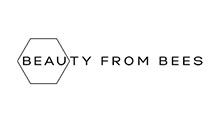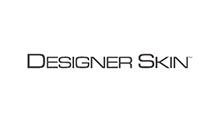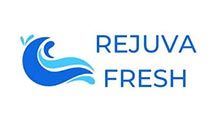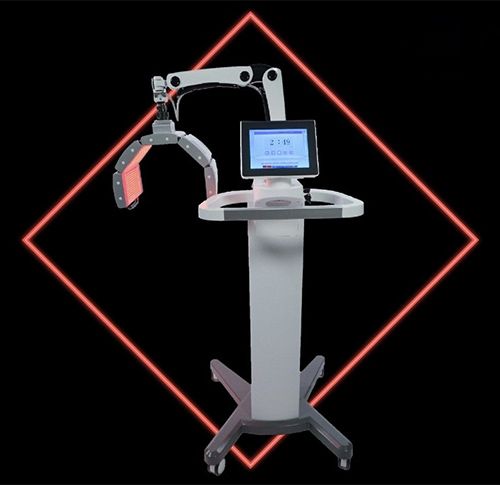FAQs
Snazzy Tanz Body Rejuvenation, Wellness & Tanning Salon
What is your cancellation policy?
We require a 24-hour notice for cancellations prior to your scheduled appointment. If you fail to provide this notice, we'll charge the card on file 50% of the service fee.Is indoor tanning more effective than outdoor tanning?
Indoor tanning is generally more effective due to its controlled environment. It allows for consistent UV exposure and precise timing, resulting in a more even tan in less time compared to outdoor tanning, which is subject to variable conditions.Do you need tanning lotion for indoor tanning?
While not essential, using indoor tanning lotion can enhance your tanning experience. It can improve the tone of your tan, provide hydration, and prevent skin dryness. However, it's important to use products specifically designed for indoor tanning, as outdoor lotions can damage tanning beds.Should you wear protective eyewear for indoor tanning?
Protective eyewear is essential for indoor tanning. A towel over your eyes is insufficient protection against UV rays. We recommend adjusting your goggles during the session to prevent uneven tanning around the eyes while ensuring proper protection.How do you prepare for indoor tanning?
Preparation for indoor tanning begins the night before your session. Take a warm shower using a gentle, water-based soap and exfoliate your skin. On the day of your appointment, avoid wearing makeup, scented lotions, or jewelry to ensure optimal tanning results.How does skin type affect indoor tanning?
Your skin type significantly influences your indoor tanning regimen. It determines the frequency and duration of your sessions. Lighter skin typically requires more gradual tanning to avoid burns, while darker skin may achieve desired results with fewer sessions. We recommend consulting our professionals for a personalized tanning schedule.What is red light therapy?
Red light therapy is a treatment that uses low-wavelength red light to potentially improve skin appearance, reduce inflammation, and promote healing. It's believed to work by stimulating cellular energy production, which can enhance various skin-related processes.How does red light therapy work?
Red light therapy is thought to work by influencing cellular mitochondria, potentially boosting energy production. This increased cellular energy may enhance skin repair, cell regeneration, and rejuvenation. The therapy aims to stimulate specific cells, potentially improving collagen production, blood circulation, and reducing inflammation.Which skin conditions is red light therapy best for?
Red light therapy is believed to be beneficial for various skin conditions. These may include improving wound healing, reducing stretch marks and wrinkles, enhancing facial texture, alleviating symptoms of psoriasis, rosacea, and eczema, improving the appearance of scars and sun-damaged skin, promoting hair growth in certain cases, and potentially helping with acne.What are some of the other uses?
Beyond skin care, red light therapy has been used to potentially reduce side effects of cancer chemotherapy, alleviate pain and inflammation associated with various conditions like ankle tendonitis and rheumatoid arthritis, and may help prevent recurrence of cold sores caused by herpes simplex virus.






